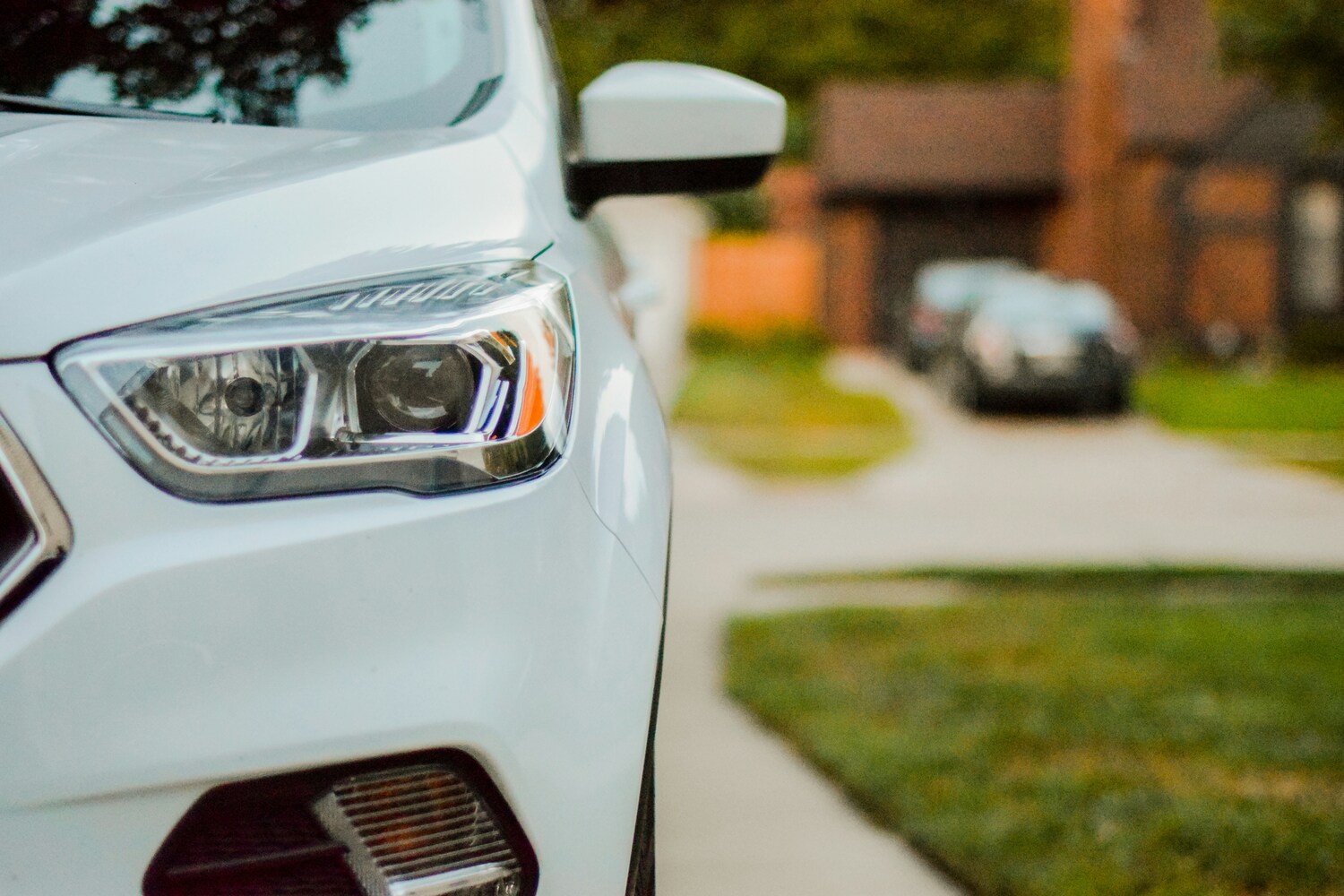We’ve all been told to park “close to the door,” “under a light,” or “where there’s more foot traffic.” But what if those so-called smart moves are putting you in harm’s way instead of protecting you?
In a world where criminals adapt faster than most safety tips evolve, your go-to parking habits could be outdated, or worse, counterproductive. Safety isn’t just about where you park; it’s about understanding how your actions can attract attention, make you predictable, or limit your options in an emergency.
Let’s unpack eight common parking strategies that many people follow religiously, without realizing they may be doing more harm than good.
8 Parking Strategies That Actually Make You Less Safe
1. Always Parking in the Same Spot
Routine is comforting, but it also makes you predictable. If someone is watching you, parking in the same location day after day (whether at work, the gym, or a shopping center) gives them an easy way to learn your schedule.
Criminals looking to follow or target someone often rely on patterns. And when you always park in your “favorite” spot, you’re giving them a blueprint. This is especially dangerous in apartment complexes or garages with limited oversight.
Switch up your parking locations when you can. Small changes in your routine make it harder for someone to anticipate your movements.
2. Parking Close to the Exit for a “Fast Getaway”
Many people assume that parking near the exit of a lot or garage gives them a safer, quicker exit. But this location often puts you far from foot traffic and security cameras, and closer to the street, where thieves or stalkers can make a fast getaway themselves.
These outer-edge spots are usually less monitored, dimly lit, and rarely patrolled. You’re more likely to be isolated when returning to your vehicle, especially after dark or during off-peak hours.
A better strategy? Park closer to building entrances or near staffed areas. Visibility and people nearby are stronger deterrents than proximity to the exit.
3. Backing Into Spots in Remote Areas
Some drivers love backing into spots. They say it makes for a quicker departure or keeps them from getting boxed in. While that may be true, it can also signal that your vehicle is unattended for longer stretches.
Remote areas of parking lots or decks are often poorly lit and have fewer people passing by. Parking there, especially in reverse, means your license plate may not be visible to surveillance cameras, and your approach to the car is more concealed.
Safety should trump convenience. Prioritize well-lit, populated areas over remote spots, even if it means walking a few extra steps.
4. Leaving Valuables Visible to “Save Time”
You might think it’s harmless to leave your gym bag, laptop case, or purse on the seat for a few minutes while you run an errand. But visible belongings are a major reason cars get broken into.
Even if the items are empty or contain nothing of value, they signal potential reward to anyone looking for an easy score. Smash-and-grab thefts happen fast, and they often occur in busy parking lots, not dark alleys.
Always hide valuables in the trunk before arriving at your destination. Doing so while parked can tip off onlookers that something valuable is inside.

5. Relying Solely on Lights for Security
A brightly lit area might seem like a safe haven, but lighting alone doesn’t prevent crime. In fact, some criminals prefer lit areas where they can blend in without suspicion.
Lighting gives a false sense of security if there’s no surveillance, security presence, or foot traffic. Many parking lots and garages rely on old, inconsistent lighting that creates more shadows than safety.
Don’t assume that light equals safety. Look for areas with multiple security features—cameras, people, and nearby activity are just as important.
6. Parking Between Large Vehicles to Avoid Dings
Trying to avoid scratches or dents? Parking between two large SUVs or vans might save your paint job, but it severely limits your visibility. Not only are you harder to see from a distance (by both witnesses and cameras), but you’re also more likely to be ambushed or surprised when returning to your car. These large vehicles provide perfect cover for someone lying in wait.
Whenever possible, choose spaces with clear visibility from multiple angles, even if it means risking a door ding. Your safety is worth more than your paint job.
7. Leaving Windows Cracked for Airflow
On hot days, it’s tempting to leave your windows slightly open to keep the cabin cool. But even a small gap can make it significantly easier for someone to unlock your door, or damage your window while trying.
Criminals don’t need full access to break in. Tools and techniques today allow for quick entries through minimal openings, and once inside, the cost isn’t just what they steal—it’s the broken trust in your environment.
Keep your windows fully closed and doors locked. Invest in windshield shades or ventilated seat covers instead of compromising your vehicle’s security.
8. Trusting a “Familiar” Area Without Reassessing
It’s easy to let your guard down in a place you know well—your favorite shopping center, workplace lot, or friend’s neighborhood. But familiarity often breeds complacency.
Many incidents happen because people assume they’re safe and don’t stay alert. They skip checking their surroundings, delay locking the doors, or leave items out in plain sight.
Crime doesn’t respect zip codes. Reassess your parking safety strategy in all places, not just unfamiliar ones. Your safety should never be assumed based on the neighborhood.
Awareness > Habit: Upgrade Your Parking Safety Mindset
It’s not just where you park. It’s how you park, what you leave visible, and how predictable you’ve become. The habits that used to be considered “smart” may now be outdated or risky, especially as criminals become more opportunistic and observant.
Stay one step ahead by challenging your own routine. Small changes, like varying your spot, staying alert to surroundings, and securing your valuables, can make a major difference.
What’s one parking habit you’ve changed recently after realizing it wasn’t as safe as you thought? Share your experience in the comments and help someone else stay safer.
Read More:
6 Safety Features You Think Work But Don’t
The Truth About Uber Safety — What Drivers & Riders Should Know
Read the full article here
















